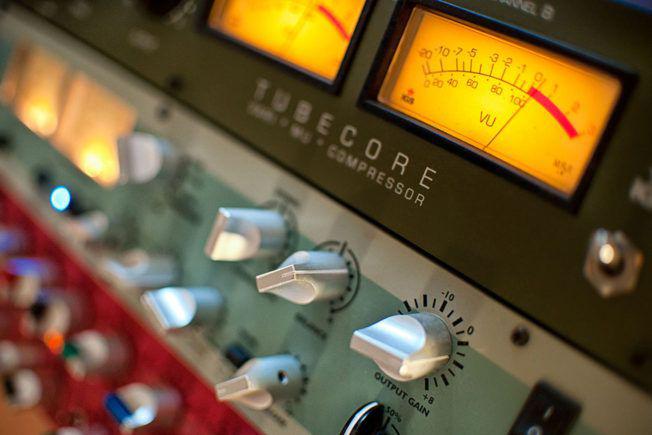Struggling to break 90? Take aim at these three essential shots that will elevate your game.
– Mastering the Bunker Shot: Techniques and Strategies for Success
Mastering the Bunker Shot: Techniques and Strategies for Success
Experienced golfers will tell you that bunker shots are one of the most difficult shots to master in golf. They require a unique combination of technique, touch, and feel. If you’re a mid-handicapper looking to improve your overall game, mastering the bunker shot is essential. Here are a few key techniques and strategies to help you get started:
- Choose the Right Club: When selecting a club for a bunker shot, it’s important to consider the distance to the hole and the depth of the bunker. Generally, a sand wedge or lob wedge will provide the best results. For deeper bunkers, you may need to use a more lofted club like a pitching wedge.
- Use a Wide Stance and Open Clubface: Begin with a wider stance than normal and position the ball slightly back in your stance. Open the clubface slightly and keep your weight distributed evenly on both feet. This will help you generate the necessary spin to get the ball out of the bunker.
- Create a Steep Angle of Attack: Unlike other shots in golf, the bunker shot requires you to create a steep angle of attack. This will help you dig the club under the ball and lift it out of the sand. To achieve this, make sure you are swinging down rather than across the ball.
- Follow Through: After hitting the ball, it’s important to complete your swing by following through. This will help you generate more power and ensure that the ball lands softly on the green. Don’t decelerate your swing too quickly after impact.
– Overcoming the Obstacles of Chipping: Accuracy and Distance Enhancement
Overcoming the Obstacles of Chipping: Accuracy and Distance Enhancement
Mastering the short game is crucial for any golfer seeking to improve their scores. Chipping, the art of executing precise shots from just off the green, presents unique challenges. Here are some strategies to overcome these obstacles and enhance both accuracy and distance:
- Understand the Lie: The lie of the ball significantly influences the chipping technique. Determine if the ball is above or below your feet, rests on a slope, or lies in rough or sand. This information will guide your club selection, setup, and swing path.
- Club Selection: Choosing the appropriate club for the distance is crucial. For shorter chips, use a sand wedge or pitching wedge. As the distance increases, switch to a gap wedge or even a 9-iron. The clubface loft impacts the height and spin of the shot.
- Setup and Grip: A solid setup is essential for accuracy. Position yourself with your feet shoulder-width apart and aligned with your target line. Use a neutral grip, with the club resting lightly in your hands. The weight distribution should be slightly towards the toes for a more controlled swing.
- Distance Control: Chipping requires delicate touch and precise distance control. Practice varying the length of your backswing and follow-through to determine the appropriate swing speed for different distances. Aim for a smooth and consistent motion, focusing on making solid contact with the ball.
– Conquering the Long Irons Challenge: Precision and Distance Control
Precision and Distance Control
Conquering the long irons challenge requires a combination of precision and distance control. Here are a few tips to help you master the art of hitting long irons:
Focus on your setup. Ensure your stance is wide enough to provide stability and avoid swaying during the swing. Your feet should be shoulder-width apart, with your weight evenly distributed. Keep your head centered over the ball and your spine straight.
Swing smoothly and consistently. Avoid trying to overpower the ball with your long irons. Instead, focus on making a smooth, controlled swing. Keep your tempo steady throughout the motion and concentrate on making solid contact with the ball.
Use the correct club. Choose the correct iron for the distance you need to cover. It’s better to use a shorter iron and hit a solid shot than to try to force a longer iron and end up with an errant shot.
Practice regularly. The key to mastering long irons is practice. Find an open area where you can practice swinging without distractions. Start with short distances and gradually increase the distance as you gain confidence.
these three challenging golf shots are indispensable practice for mid-handicappers who aspire to lower their scores. By consistently practicing these shots, golfers can enhance their versatility on the course and respond more effectively to unpredictable playing conditions. Remember, the path to golf improvement is a gradual one, and sustained practice is the key to unlocking the full potential of your game.





